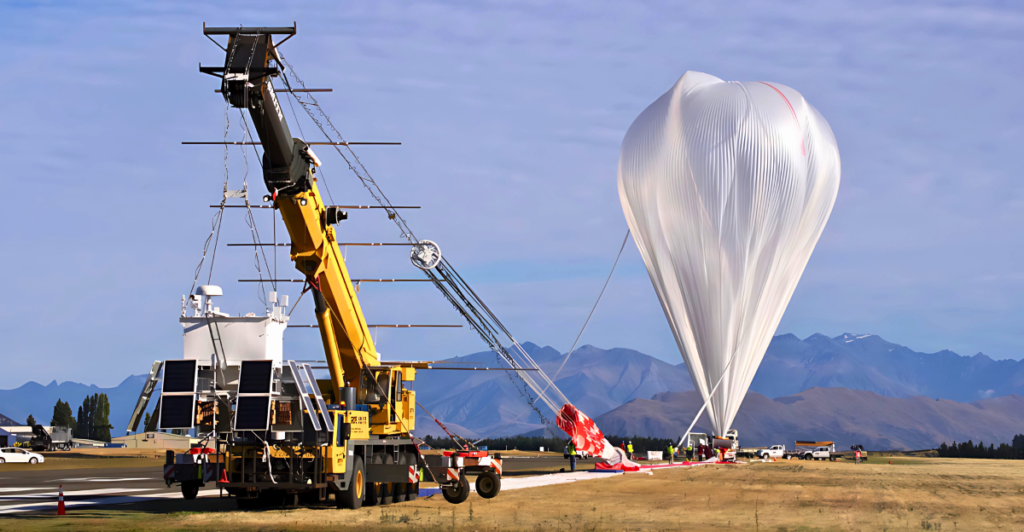
The Mauna Loa Observatory has been a major part of climate science since 1958, but it is now facing potential closure due to cost-cutting measures proposed by the U.S. Department of Government Efficiency (DOGE). This decision has sparked concerns among scientists worldwide, as the observatory provides irreplaceable data on atmospheric carbon dioxide (CO2) levels and other greenhouse gases.
If this observatory is shut down, scientists fear that there will be “a big hole in our scientific knowledge about Earth’s greenhouse gases,” as Noel Cressie, who directs the Center for Environmental Informatics at Australia’s University of Wollongong, says.
Mauna Loa’s Legacy in Climate Science
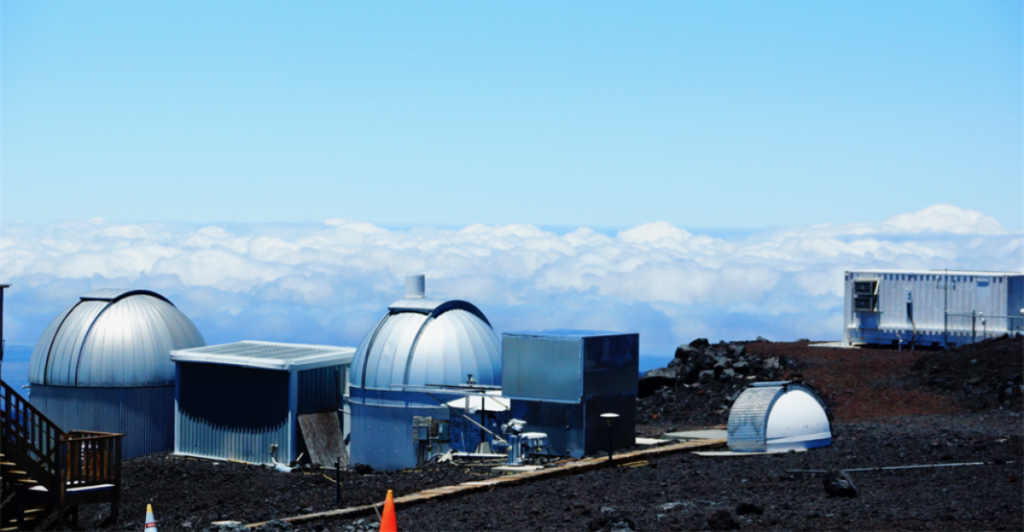
The observatory’s history dates back to Charles David Keeling’s pioneering work measuring atmospheric CO2. His research provided the first concrete evidence of human-induced climate change, leading to the iconic “Keeling Curve.” Mauna Loa’s location, high above sea level and isolated from significant CO2 sources, ensures highly accurate measurements that satellites and other stations cannot replicate.
This data has provided critical insights into the Earth’s carbon cycle and the role of greenhouse gases in driving climate change. Despite challenges like volcanic eruptions and recent federal cost-cutting proposals threatening its operations, Mauna Loa’s contributions remain irreplaceable.
Why Mauna Loa Is Irreplaceable?
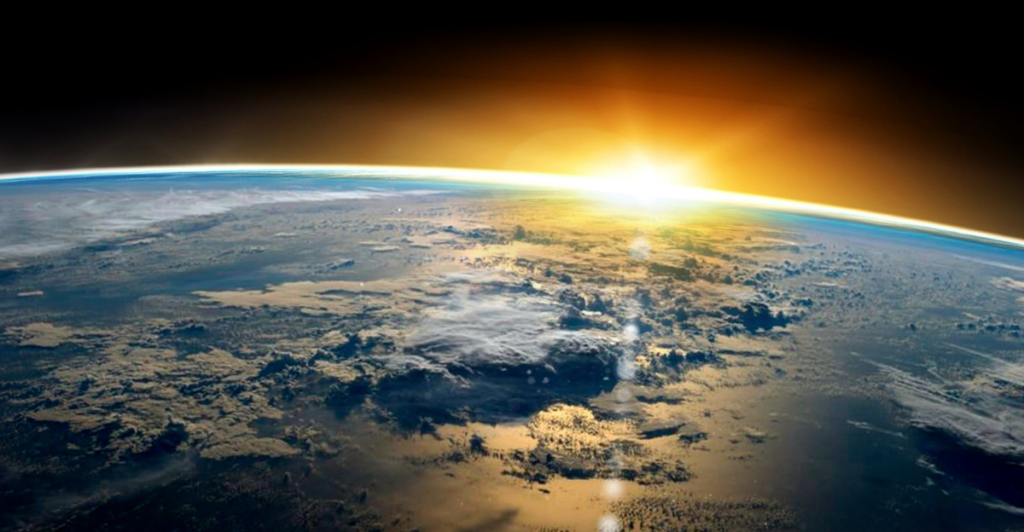
Mauna Loa Observatory is in the perfect location for climate monitoring because of its unique geographic and atmospheric characteristics. Located at 11,135 feet above sea level on the northern flank of Mauna Loa Volcano, the observatory is isolated from urban pollution. It sits above the marine temperature inversion layer, ensuring access to pristine air from the free troposphere.
This setting allows for accurate measurements of global atmospheric trends, including carbon dioxide levels, ozone concentrations, and other key climate indicators. Mauna Loa’s data also serves as a benchmark for calibrating satellite observations and validating research at other stations worldwide.
The Role of Satellites in Climate Monitoring
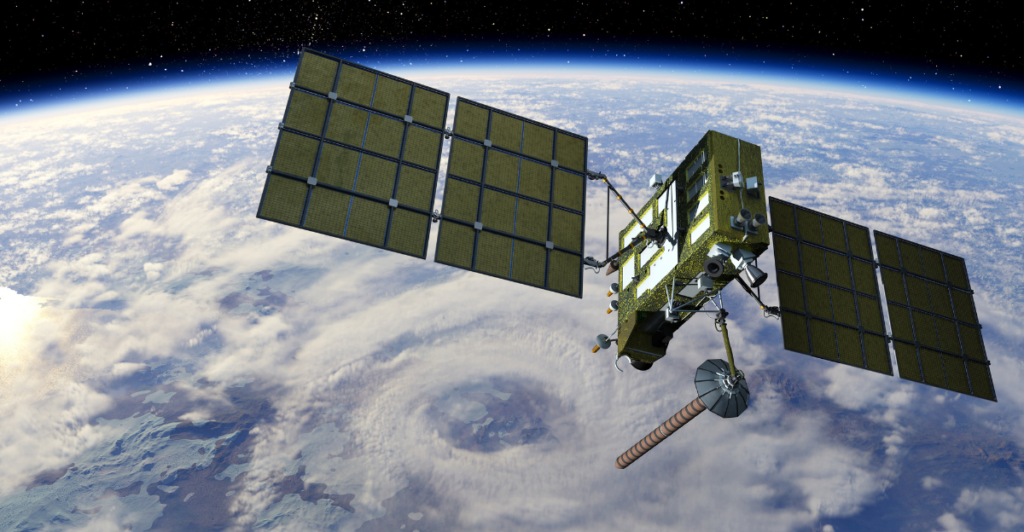
Satellites give us a clear image in climate monitoring with real-time data on Earth’s atmosphere, oceans, and land. Their ability to measure Essential Climate Variables, such as greenhouse gas concentrations, sea surface temperatures, and ice sheet dynamics, has revolutionized climate science.
For instance, NASA’s Atmospheric Infrared Sounder (AIRS) tracks rising CO2 levels, while ESA’s Sentinel satellites map deforestation and monitor biodiversity. Satellites also excel at predicting extreme weather events like droughts and heat waves, offering critical insights for disaster preparedness.
With advancements like CubeSats and miniaturized sensors, satellite technology has become more cost-effective and precise, ensuring global coverage even in remote areas.
Economic Justifications for Closure

The proposed closure of NOAA’s Hilo office supporting the Mauna Loa Observatory stems from federal cost-cutting initiatives under the Department of Government Efficiency (DOGE), which aims to terminate 793 federal leases, including 19 NOAA properties, to save approximately $500 million.
The Hilo office, which costs $164,391 annually in lease expenses, has been flagged as part of this austerity drive. Proponents argue that eliminating redundant or underutilized infrastructure is fiscally prudent, particularly when agencies like NOAA face broader staffing cuts (1,300 layoffs completed, with 1,000 more planned).
Challenges with Satellite Data
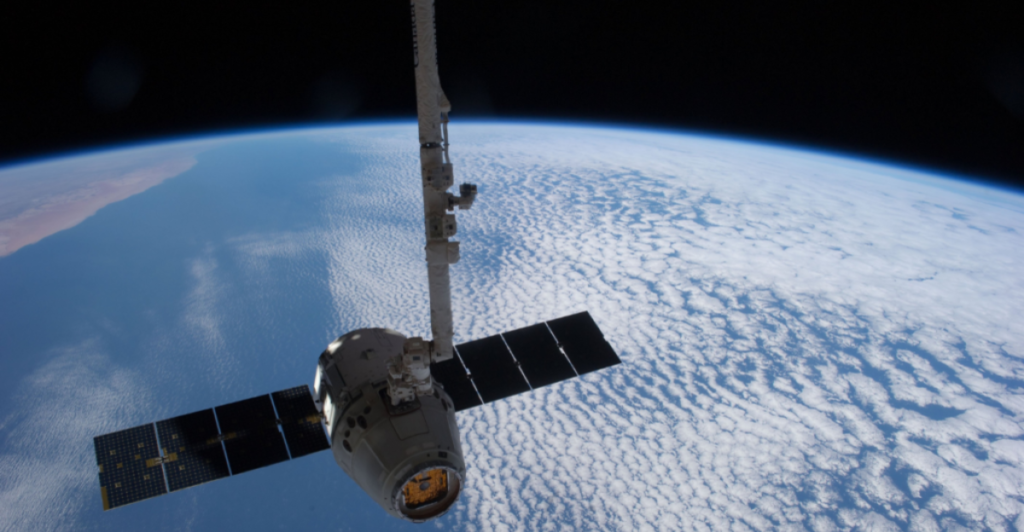
While satellites are indispensable for climate monitoring, they face several challenges that can impact the accuracy and continuity of data. One major issue is data gaps, which can result from satellite launch delays, sensor failures, or inconsistencies in radiometric calibration between different satellites. These gaps undermine the reliability of long-term climate records and complicate the detection of subtle climate signals.
The proliferation of satellites contributes to space debris, increasing the risk of collisions that could disrupt operations. Political and financial barriers also hinder access to satellite data, with many researchers relying on open-access policies or costly proprietary datasets.
Global Implications of Closure

The potential closure of Mauna Loa Observatory carries significant global ramifications, as its long-standing atmospheric measurements are foundational to understanding climate change. The observatory’s data, including the iconic Keeling Curve, is a benchmark for tracking rising carbon dioxide levels and informs international climate policies and agreements.
Interruptions or permanent shutdowns could create gaps in this critical dataset, undermining efforts to monitor greenhouse gas trends accurately and weakening the scientific basis for global climate action. While temporary solutions, such as using Maunakea facilities, help mitigate immediate disruptions, they cannot fully replicate the unique atmospheric conditions at Mauna Loa.
Scientific Community’s Response
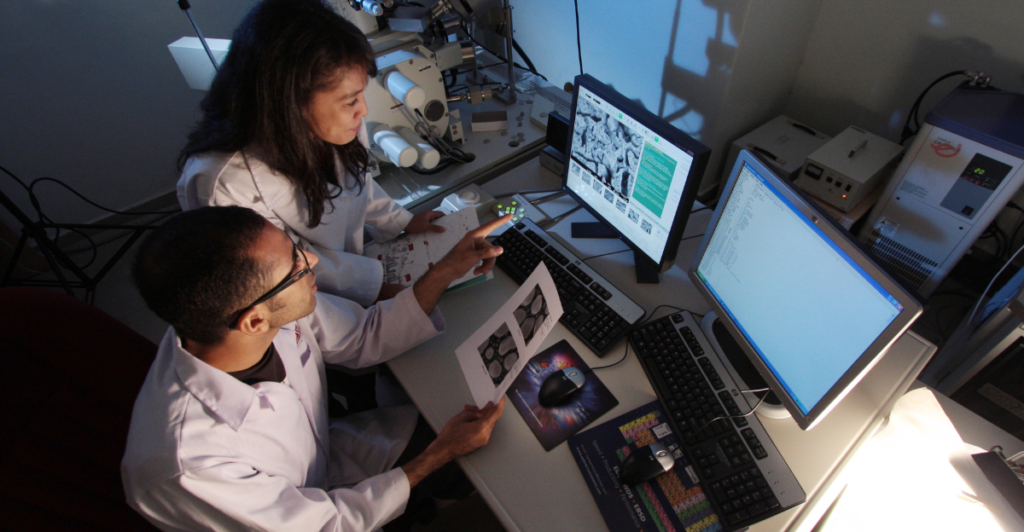
The potential closure of the Mauna Loa Observatory has drawn sharp criticism from climate scientists, who emphasize its irreplaceable role in tracking planetary health. Ralph Keeling of the Scripps Institution of Oceanography, whose father initiated the Keeling Curve, stressed that the observatory’s data serves as “our eyes on the planet,” providing a vital baseline for understanding climate shifts.
Researchers warn that disrupting this decades-long dataset could cripple global efforts to model carbon cycles and validate satellite measurements, which rely on Mauna Loa’s ground-truthing. Many argue that sacrificing long-term climate insights for short-term savings undermines global climate policy and threatens the integrity of international climate agreements.
Potential Cuts to NOAA
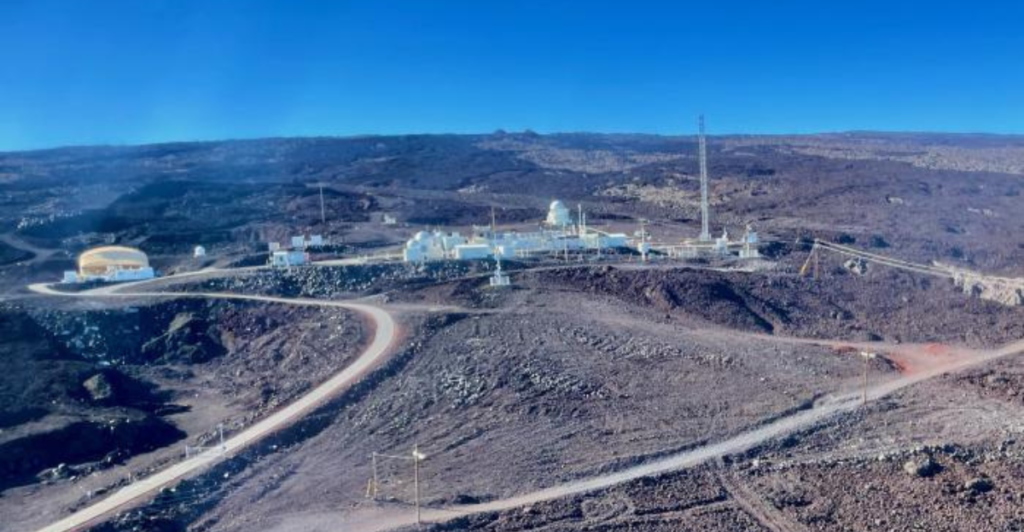
These cuts, part of a broader federal downsizing effort under Project 2025, could shrink NOAA’s workforce by 20%, targeting critical roles in weather forecasting, climate research, and marine conservation.
Proposed measures include privatizing weather services, terminating leases for facilities like the Radar Operations Center, and slashing programs such as coral reef conservation and disaster preparedness grants. Critics warn these reductions would degrade NOAA’s ability to track hurricanes, issue life-saving forecasts, and maintain climate datasets essential for industries and public safety.
The Bigger Picture

The proposed cuts to NOAA and the potential closure of Mauna Loa Observatory underscore a precarious crossroads for climate science and environmental stewardship. At the same time, fiscal austerity may offer short-term savings, dismantling decades of irreplaceable climate data and expertise risks undermining global efforts to combat climate change.
Coupled with NOAA’s staffing and program reductions, these cuts threaten to erode the climate resilience infrastructure, leaving societies more vulnerable to extreme weather and ecological crises. The scientific community’s outcry serves as a stark reminder that sacrificing long-term planetary health for immediate budgetary goals jeopardizes not just data but humanity’s capacity to safeguard its future.
Explore more of our trending stories and hit Follow to keep them coming to your feed!

Don’t miss out on more stories like this! Hit the Follow button at the top of this article to stay updated with the latest news. Share your thoughts in the comments—we’d love to hear from you!







